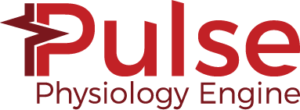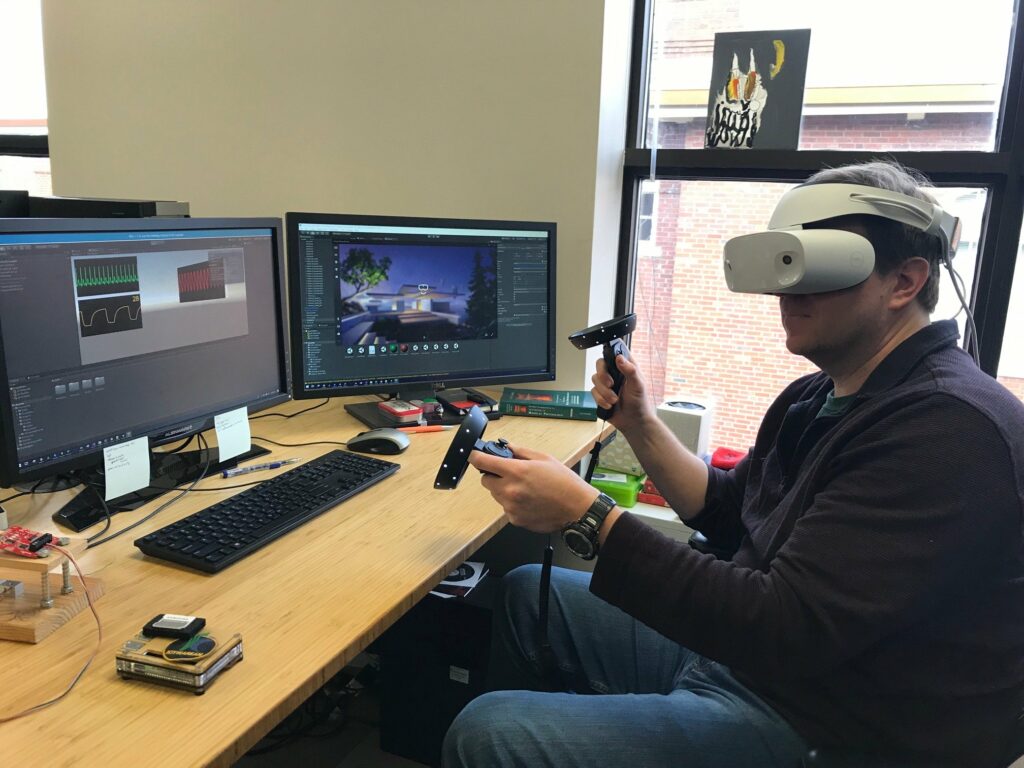Pulse 2.0 Release


On behalf of the Pulse Physiology Community, we are pleased to announce that version 2.0 is now available for download. The Pulse 2.0 release includes major interface improvements to assist its integration into third-party applications. We have started a new implementation of the Common Data Model in C# and created a C interface. Pulse now uses JSON as its ASCII data file format. All serialization methods now support reading/writing both JSON and binary Protobuf formats.

Recent collaborations have leveraged these new interfaces to integrate Pulse into serious games written in Unity3D. To assist our growing number of Unity users, we have created several repositories that demonstrate how Pulse can be used as a Unity Asset.
In addition to these architectural changes, we have extended the Pulse hemorrhage model to support localized bleeding at various sites throughout the body and a new, validated internal hemorrhage model. To help counteract a hemorrhage, we added support for Packed Red Blood Cell infusion and updated our other IV solutions to resolve issues in rapid fluid resuscitation scenarios.
In 2019, we will work to improve and extend Pulse with
- a Pulse asset in the Unity Asset store,
- a pediatric physiology prototype,
- respiratory fatigue and chronic condition exacerbation,
- surface area and efficiency parameters for the gas diffusion model,
- a more accurate pneumothorax model, and
- a second order baroreceptor model.
We will also make modularity improvements for system/model/circuit swapping.
For an overview of Pulse and what it can do, visit our website at https://pulse.kitware.com.
See all the Pulse repositories, including our Unity examples, at https://gitlab.kitware.com/physiology.
We will work hard to extend our Unity assets and advance our physiology models in the coming months, so let us know how Pulse can better support your modeling and simulation needs at kitware@kitware.com. In addition, visit us at IMSH 2019 booth 740 and BMES Frontiers in Medical Devices 2019 to see our poster titled “Simulation of Asthma Attack and Inhaler Actuation using the Pulse Physiology Engine”.
Hello everybody,
That’s a really interesting toolkit for developing applications of virtual physiology aimed at both medical education and training.
In addition to Pulse Explorer, can we find somewhere an example of the use such toolkit ready to be run?
Thanks a lot in advance !!!!!